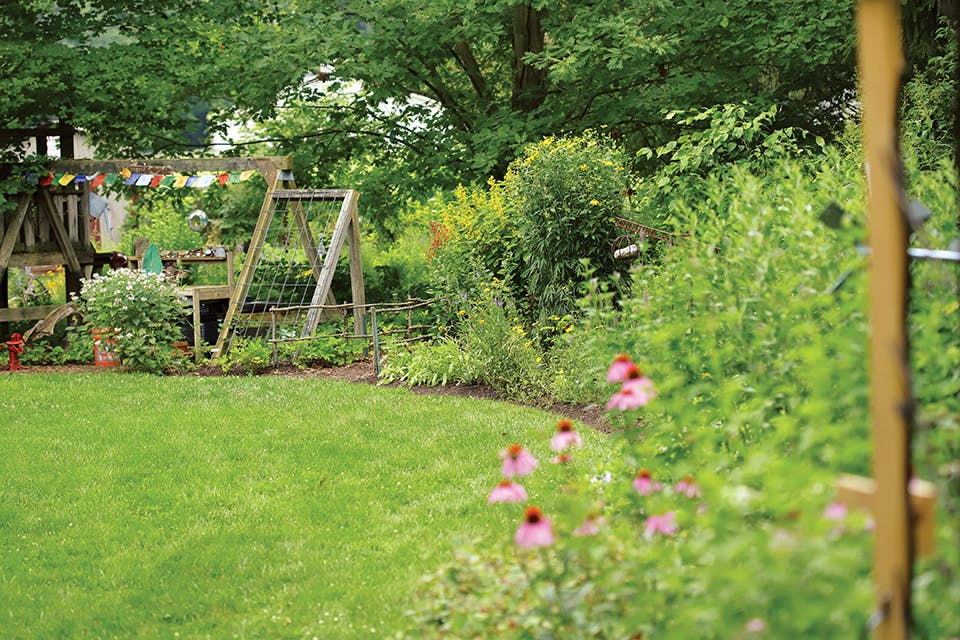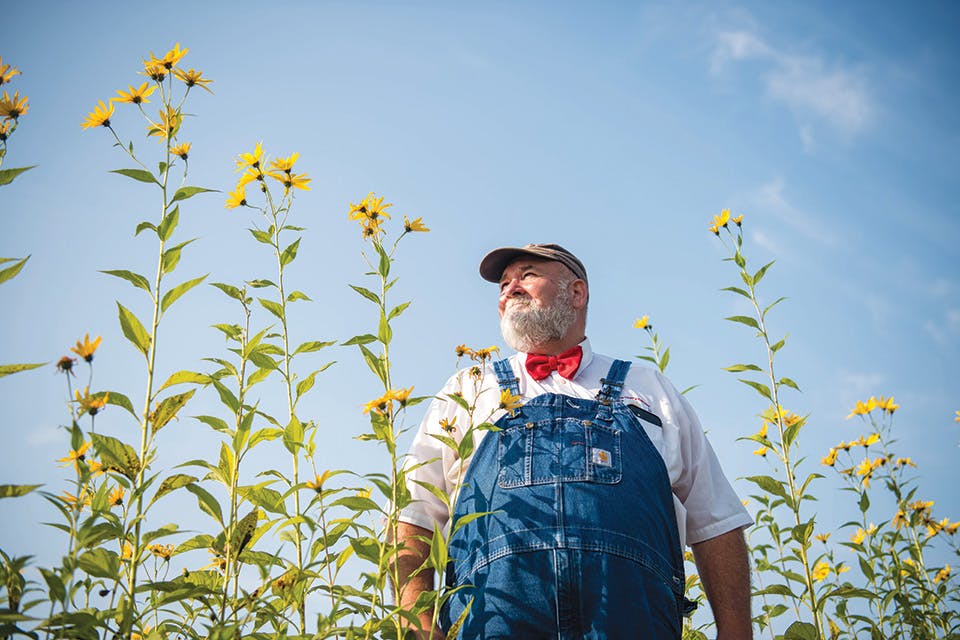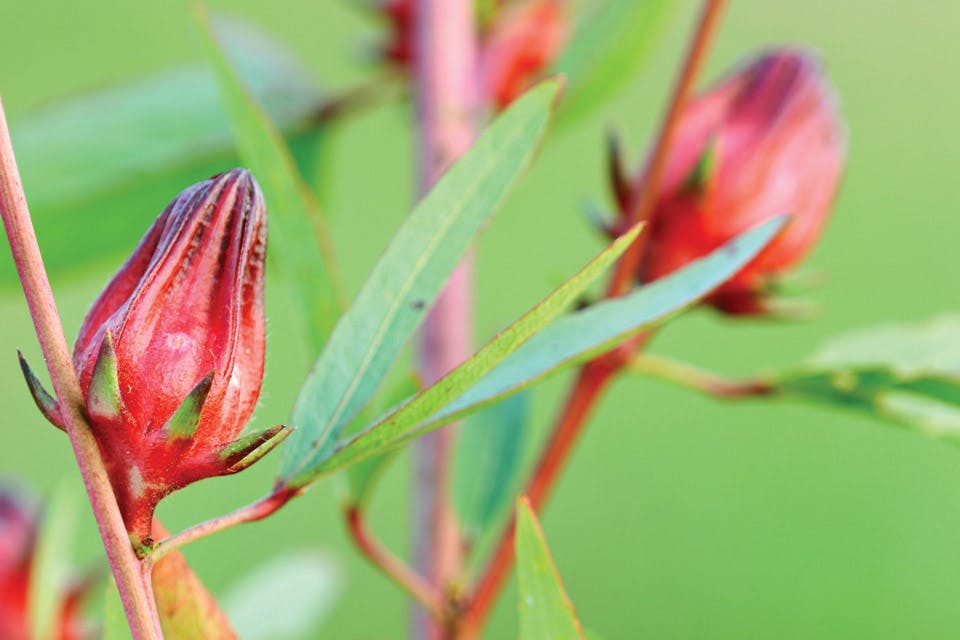Home + Garden
Summer Herb Garden Ideas
Ohio experts share how to cultivate and use six interesting varieties.
Related Articles

6 Herbal Cocktail Recipes to Make this Summer
Gahanna’s Herbal Cocktail Trail features drinks that play on the city’s gardening heritage. Visit to sample the creative concoctions yourself, then try mixing these ones up for friends. READ MORE >>

How to Plant a Native Ohio Garden
Terri and Randy Litchfield created a living landscape of native plants outside their Delaware home. Here’s how you can, too. READ MORE >>

Farmer Lee Jones’ ‘The Chef’s Garden’ Celebrates the Beauty of Produce
Part art book, part recipe collection, this nearly 700-page tome from northwest Ohio’s famous farmer shows vegetables, herbs and more in all their glory. READ MORE >>


